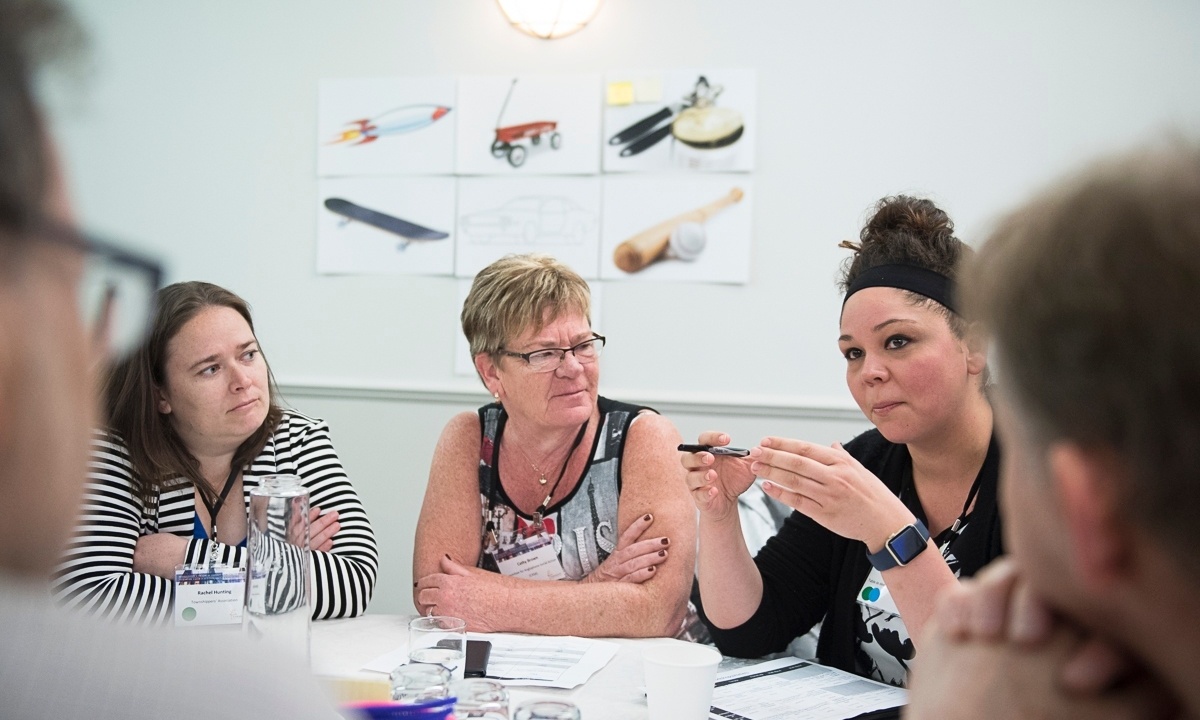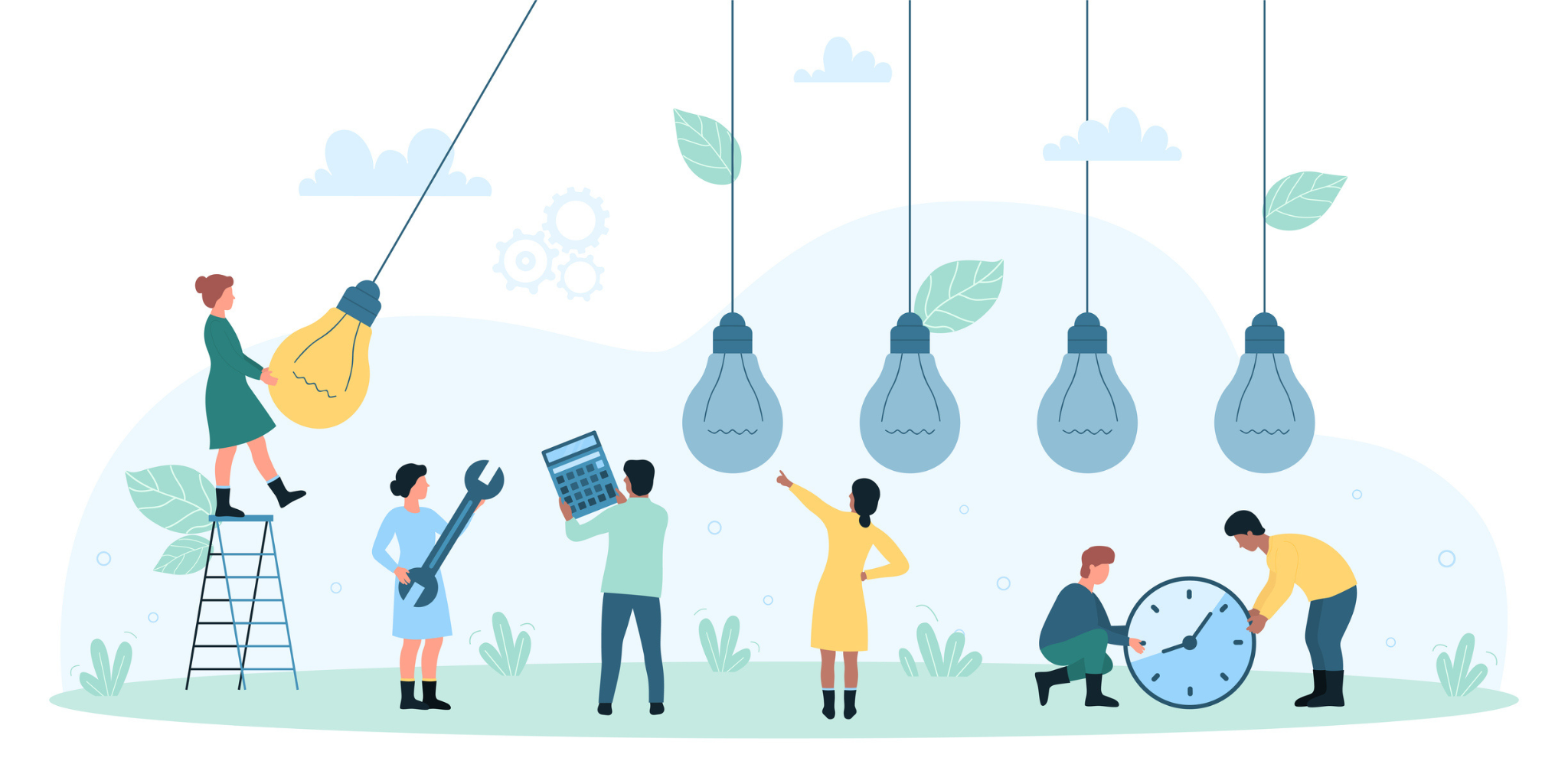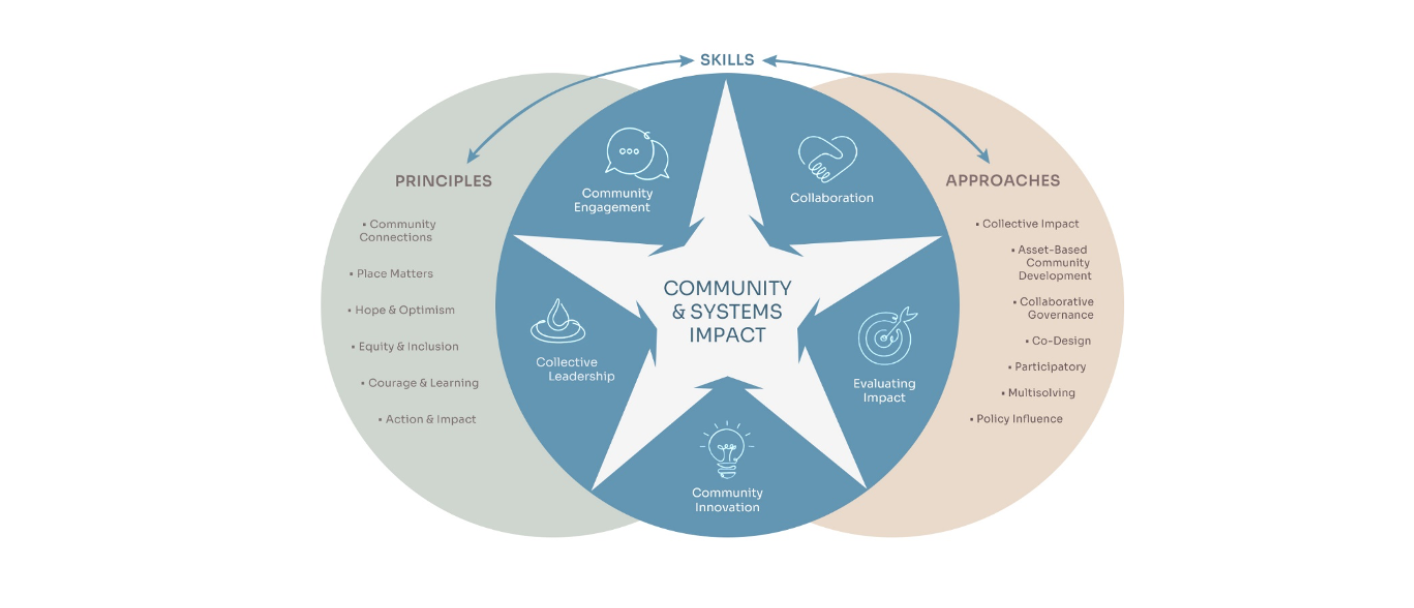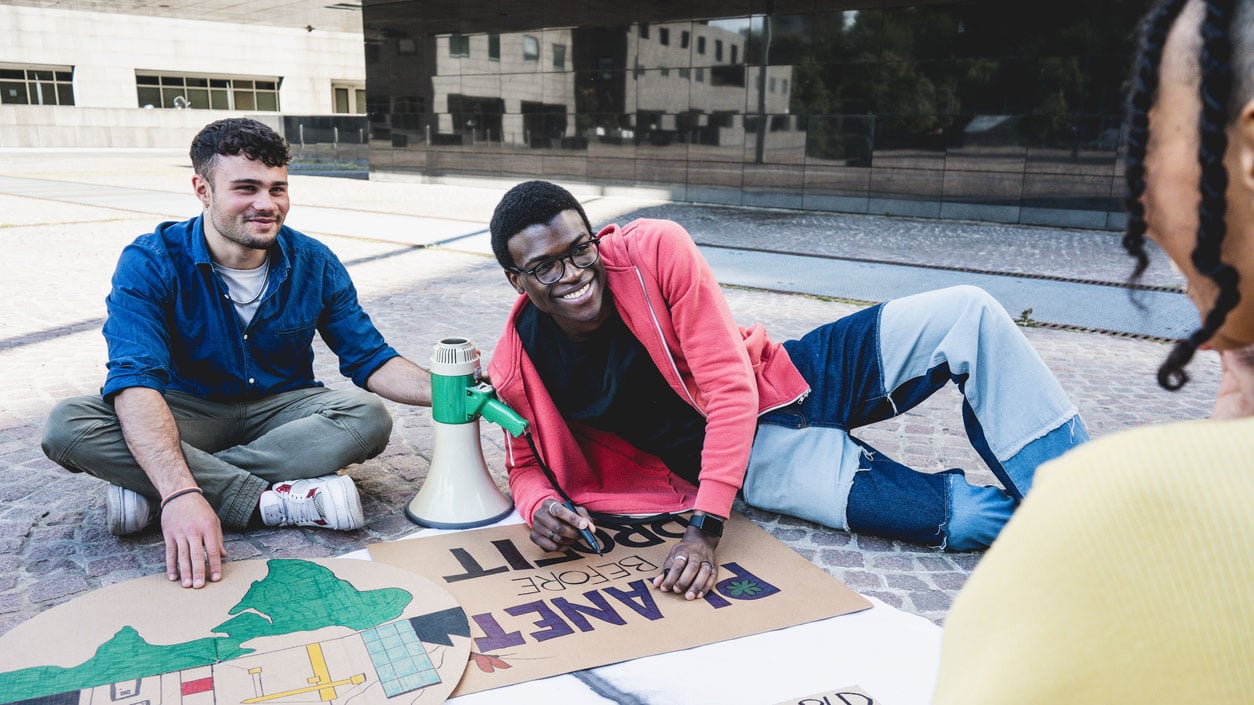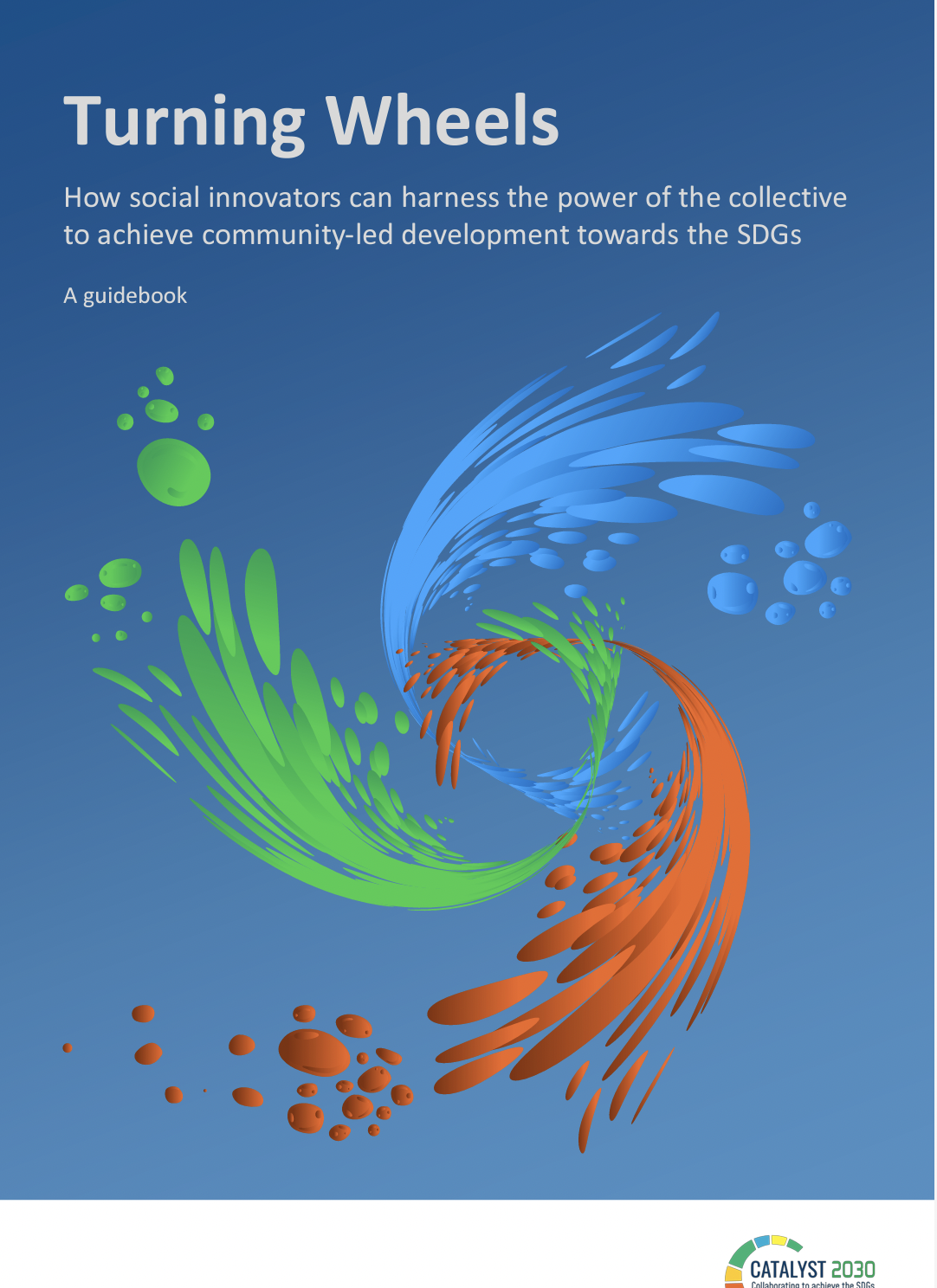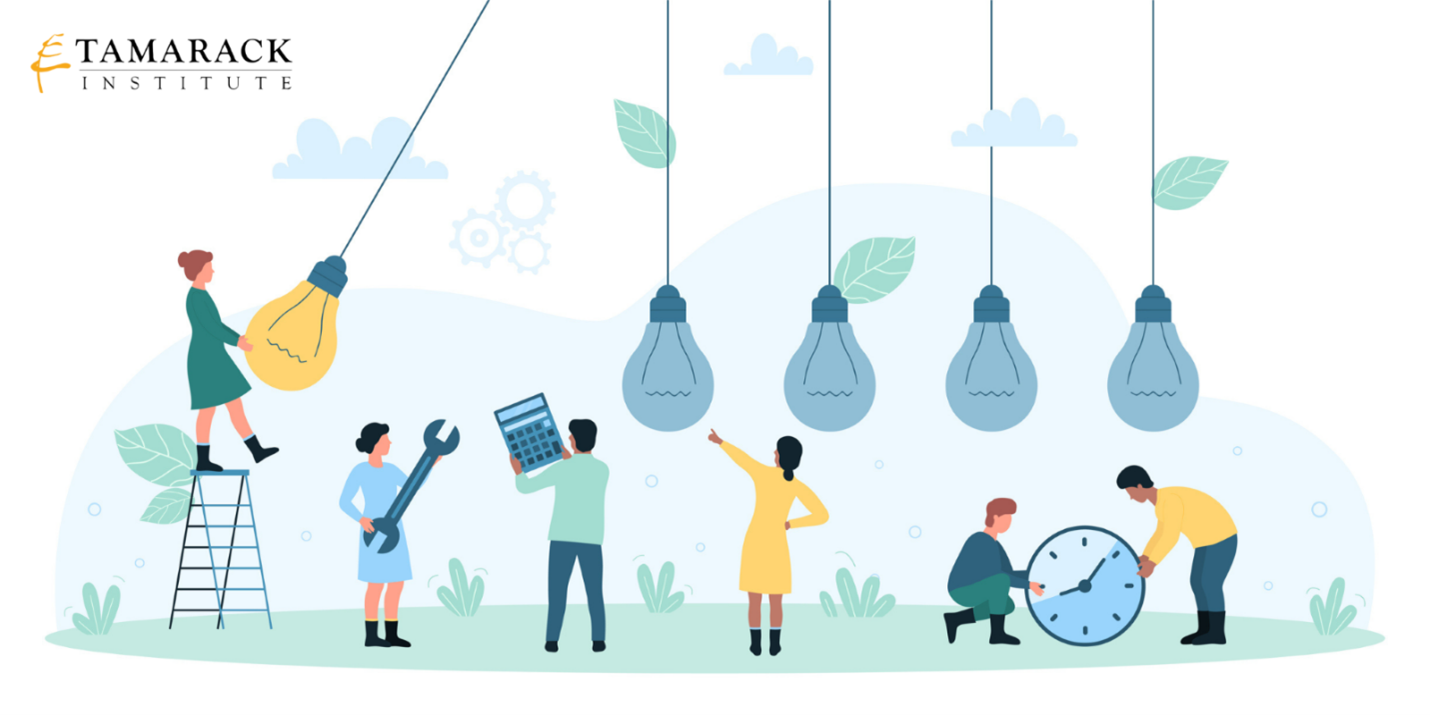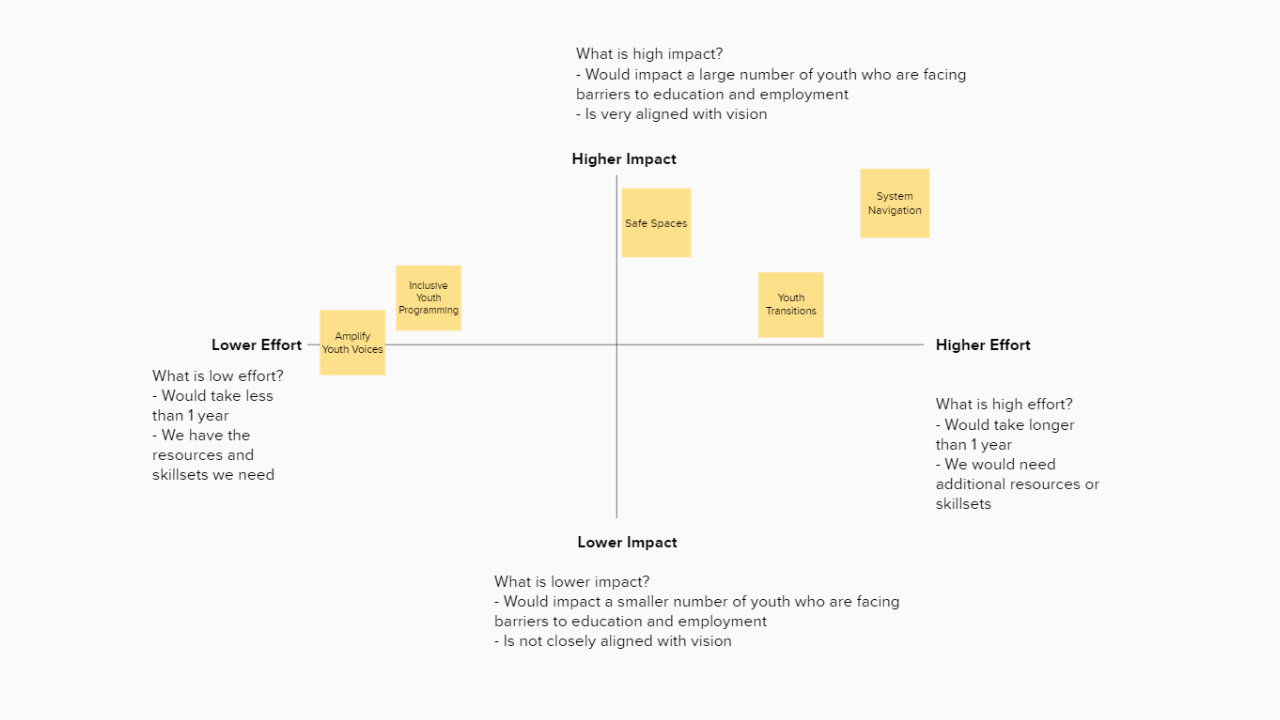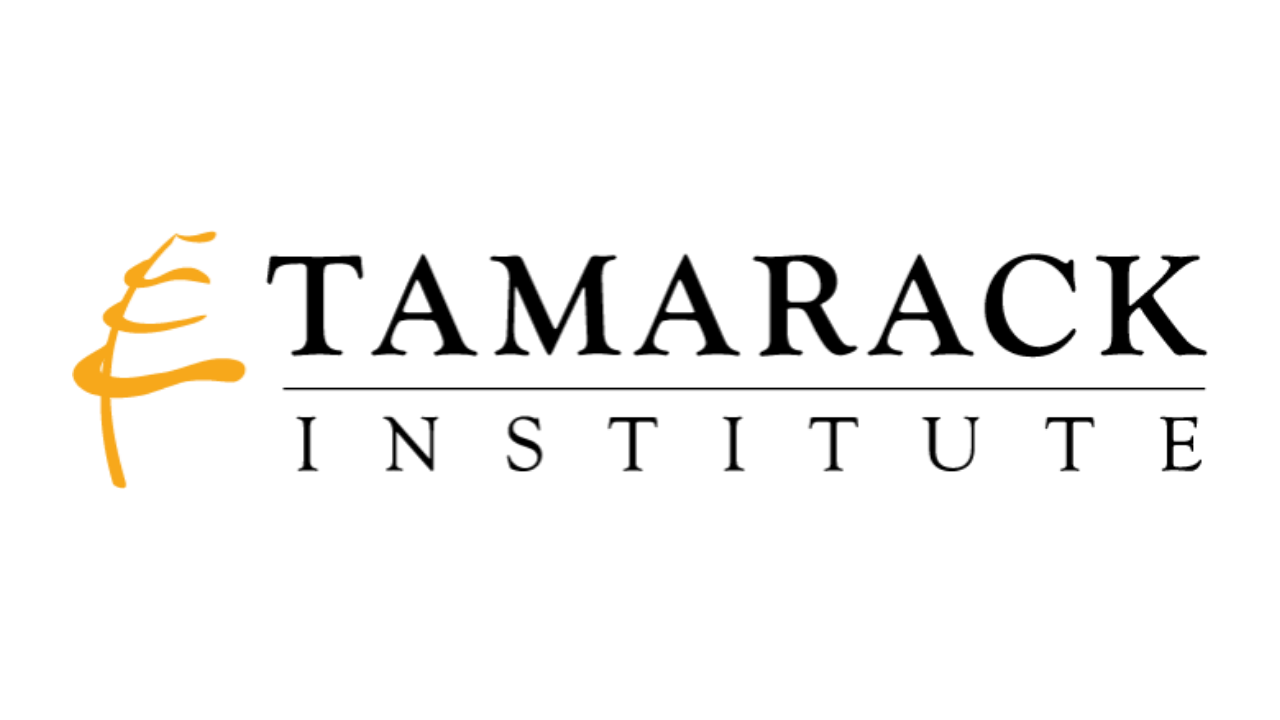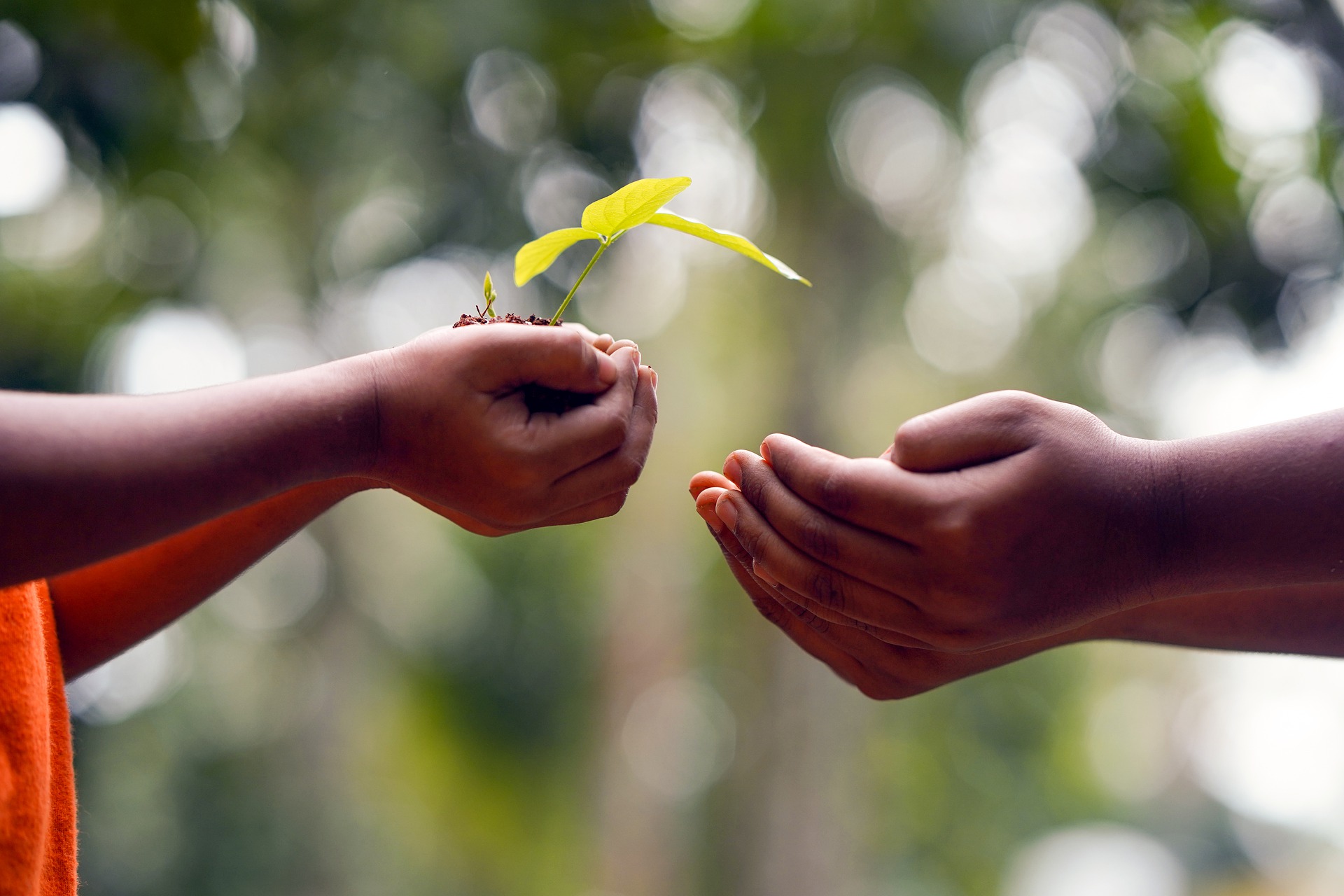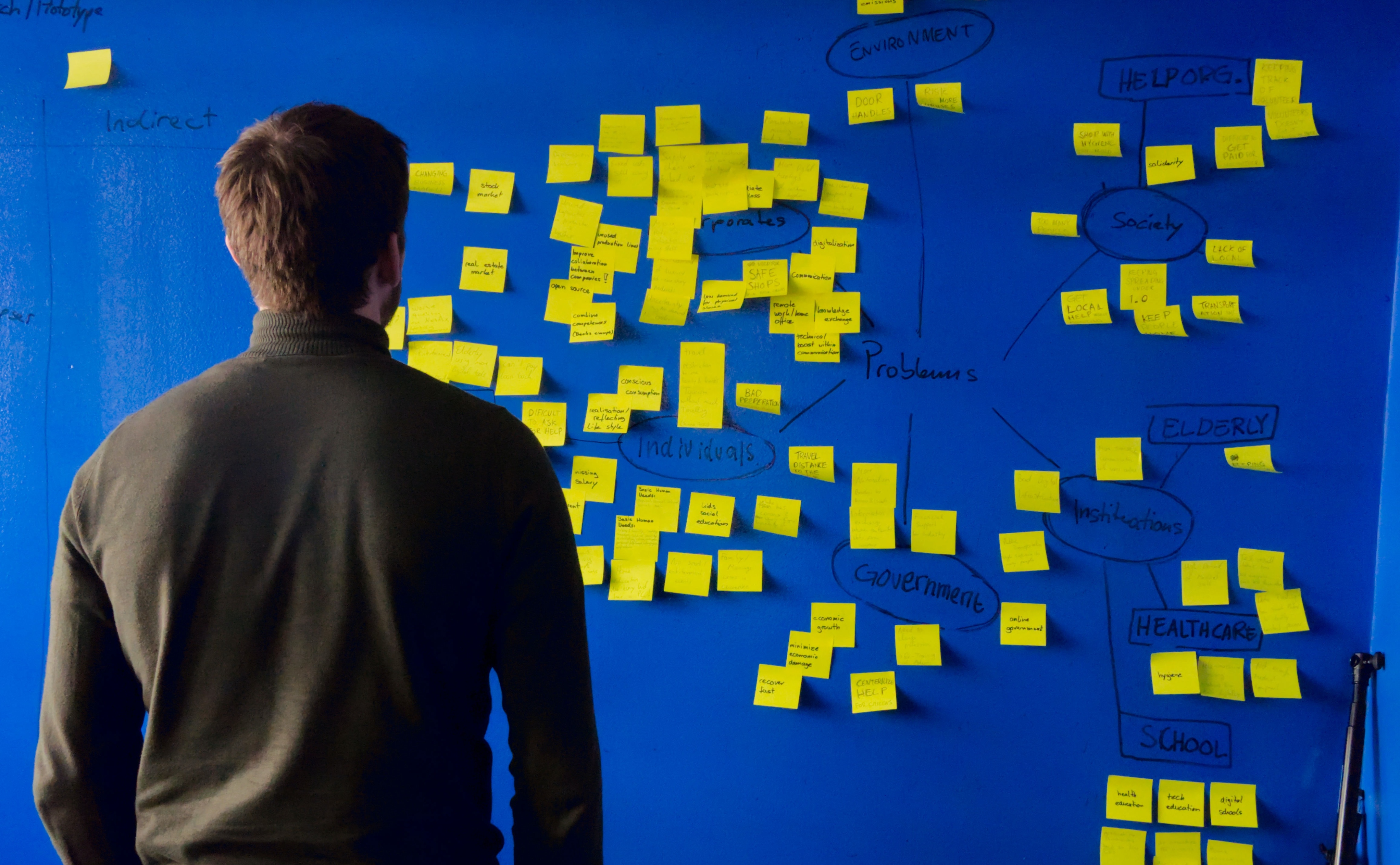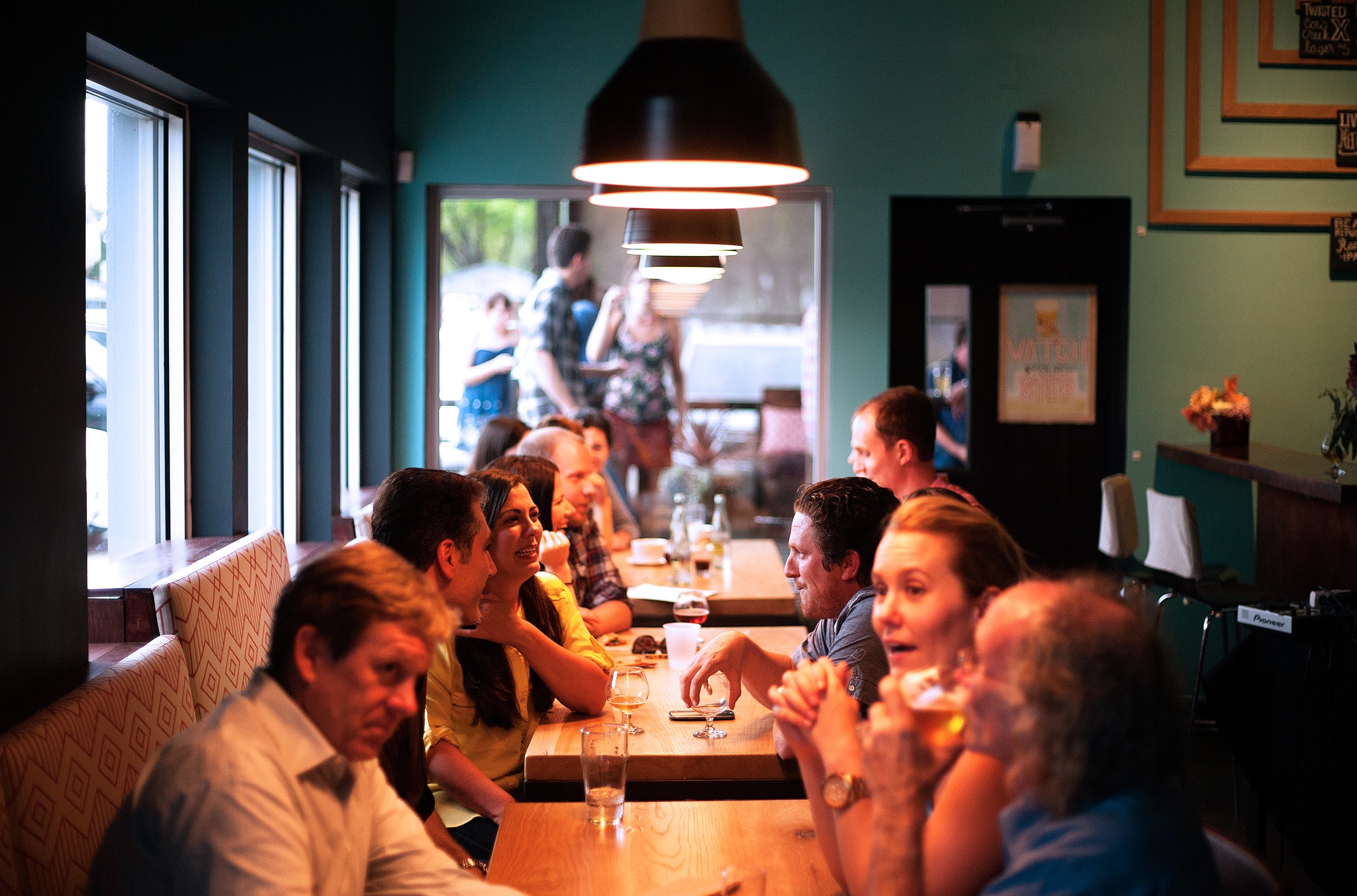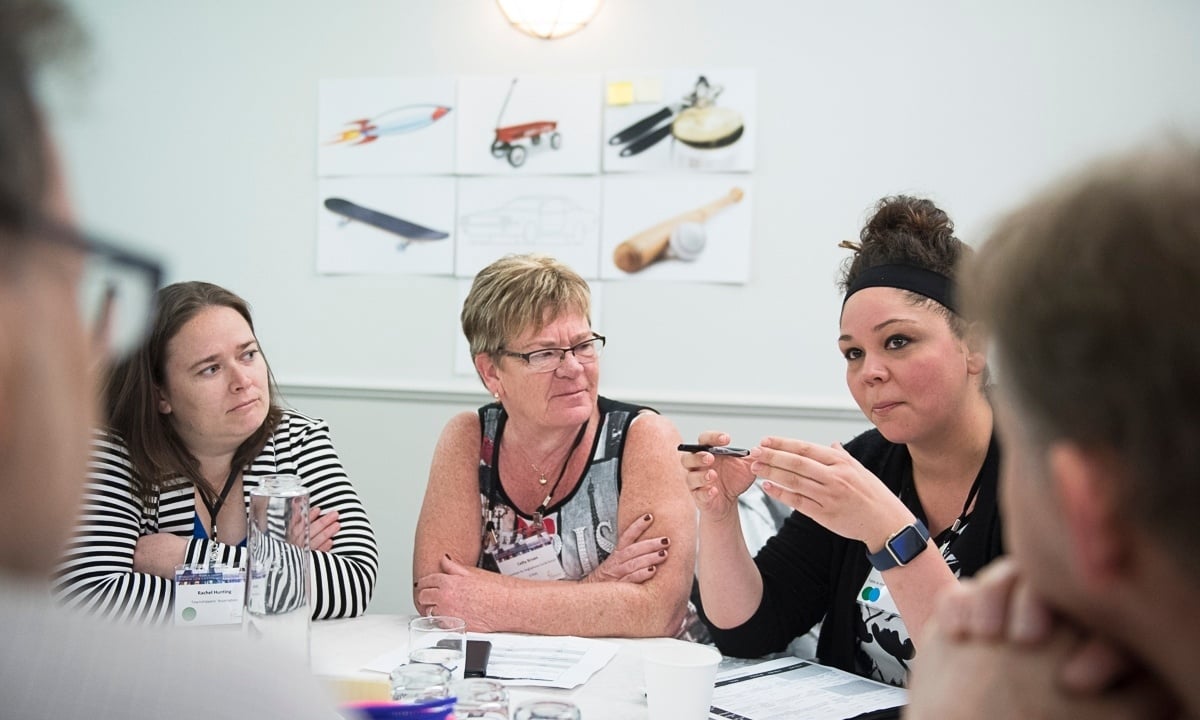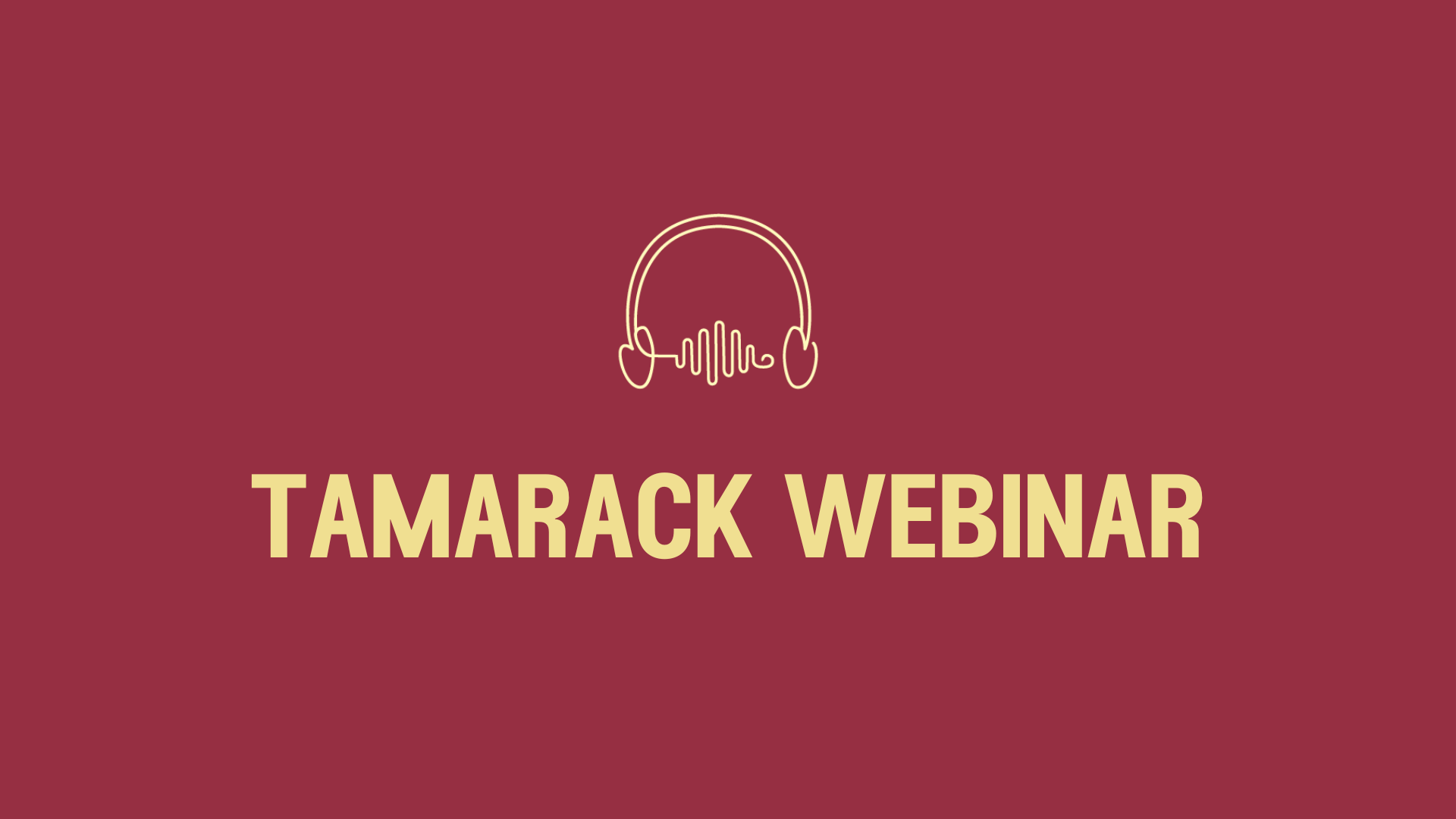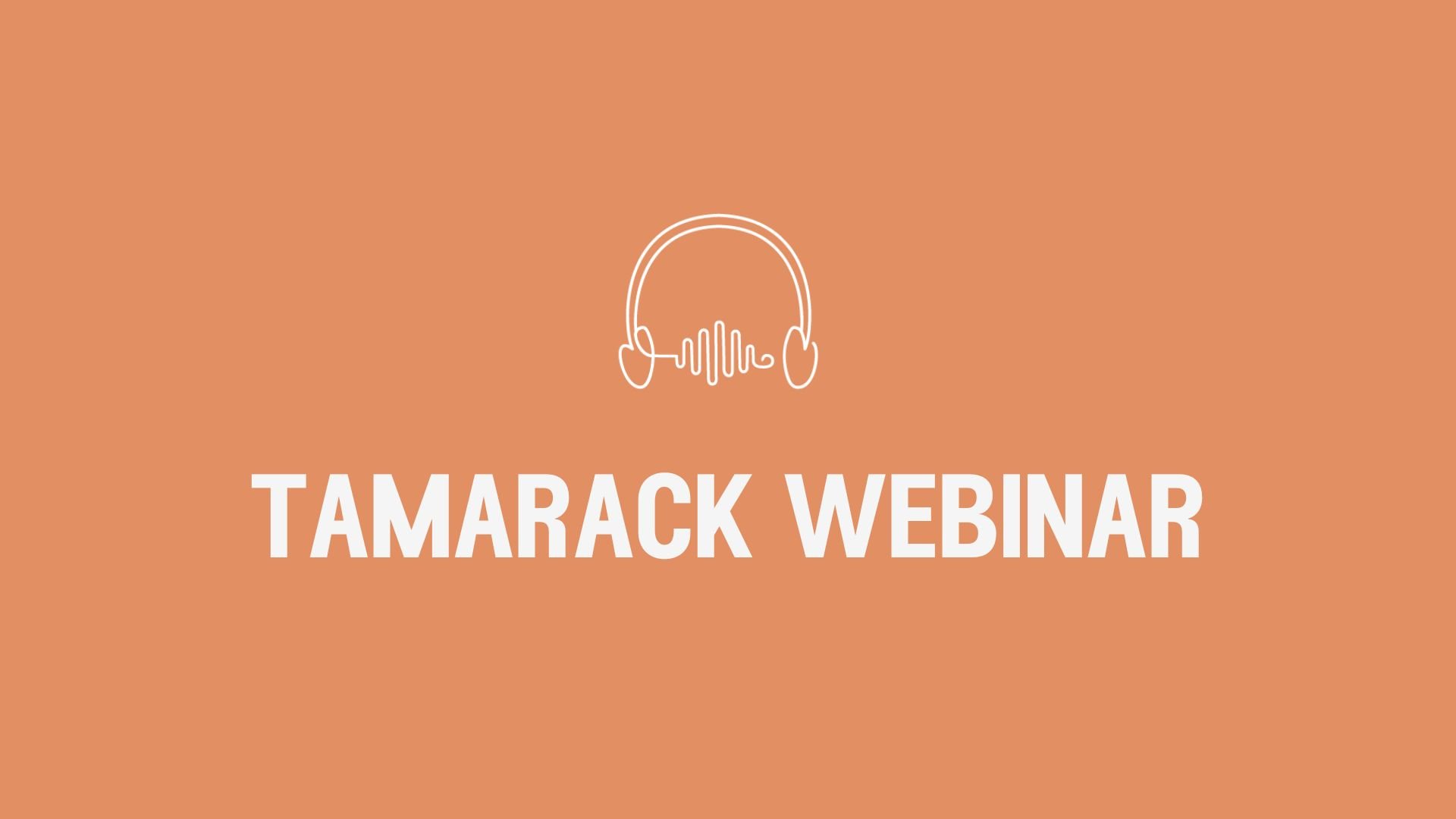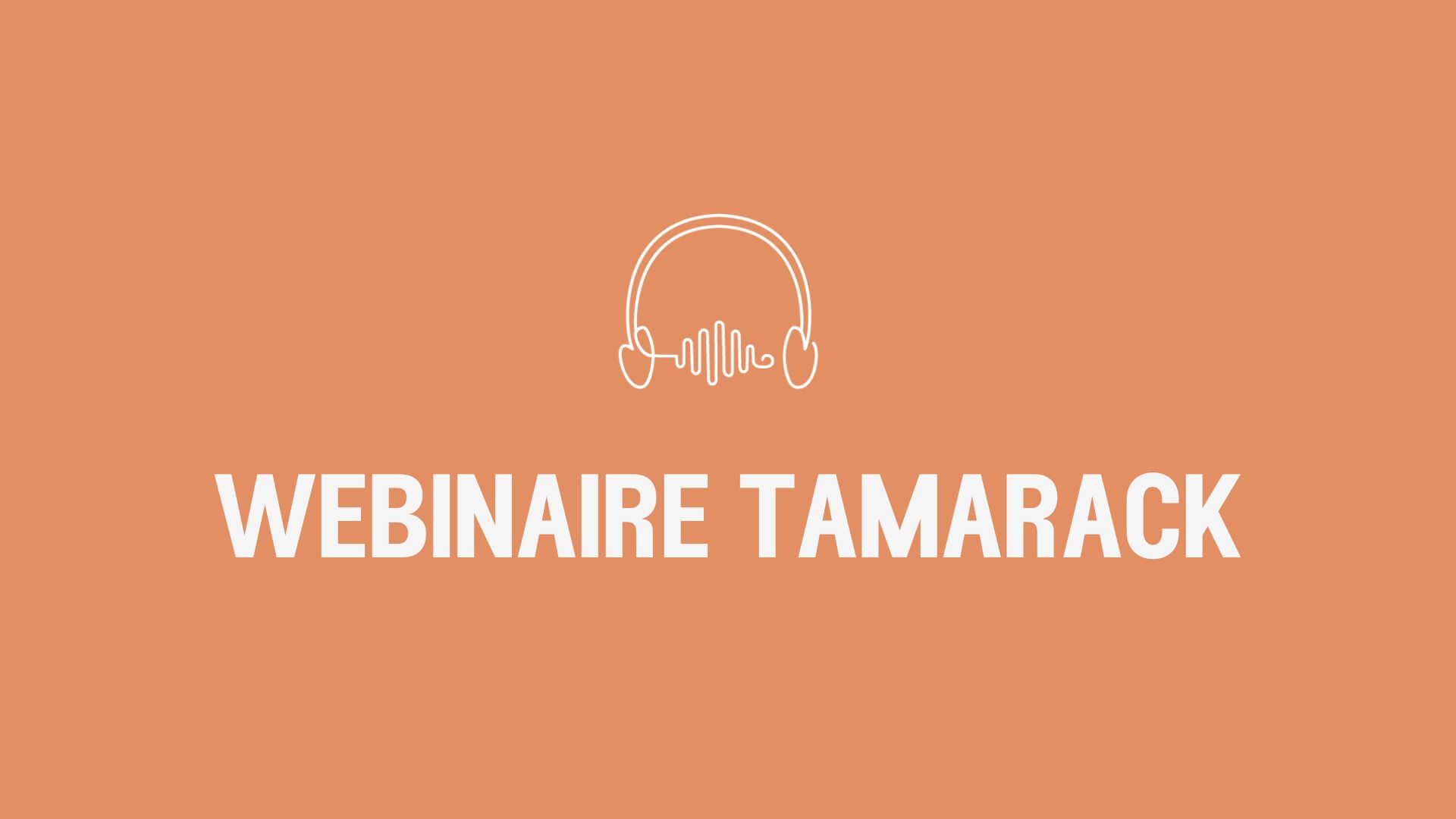
community innovation
Looking beyond proven practices to create new, never-before considered solutions that are meaningful to the community.
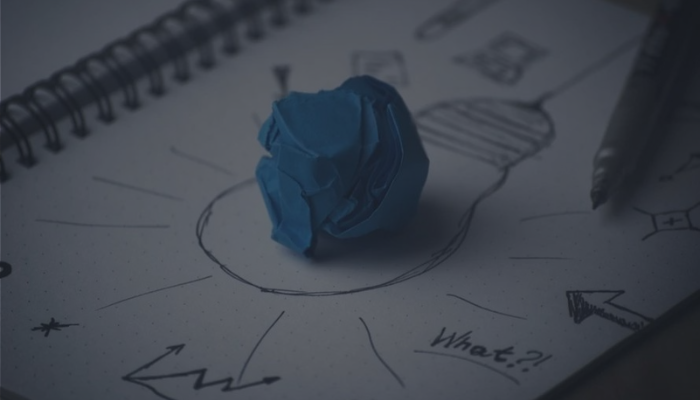

Stories of Impact
10 Stories of Community Innovation for Youth
Learn how recipients of Tamarack's Community Innovation fund implemented pilots and documented their learnings, including successes, challenges, impact on youth, and barriers that youth experienced over the course of the project.
Innovation creates a solution that is distinct from – and more ambitious and uncertain – than continuous improvement. What makes Community Innovation different from other forms of Social Innovation is the focus on community – placing community members as both the champions and as the arbiters of change.
getting started
The Community Innovation Imperative
The Introduction to Community Innovation
Community Innovation: A Place-Based Approach to Social Innovation
SENSEMAKING WORKSHOP
Innovative yet practical strategies to improve understanding, clarity, and collaboration.
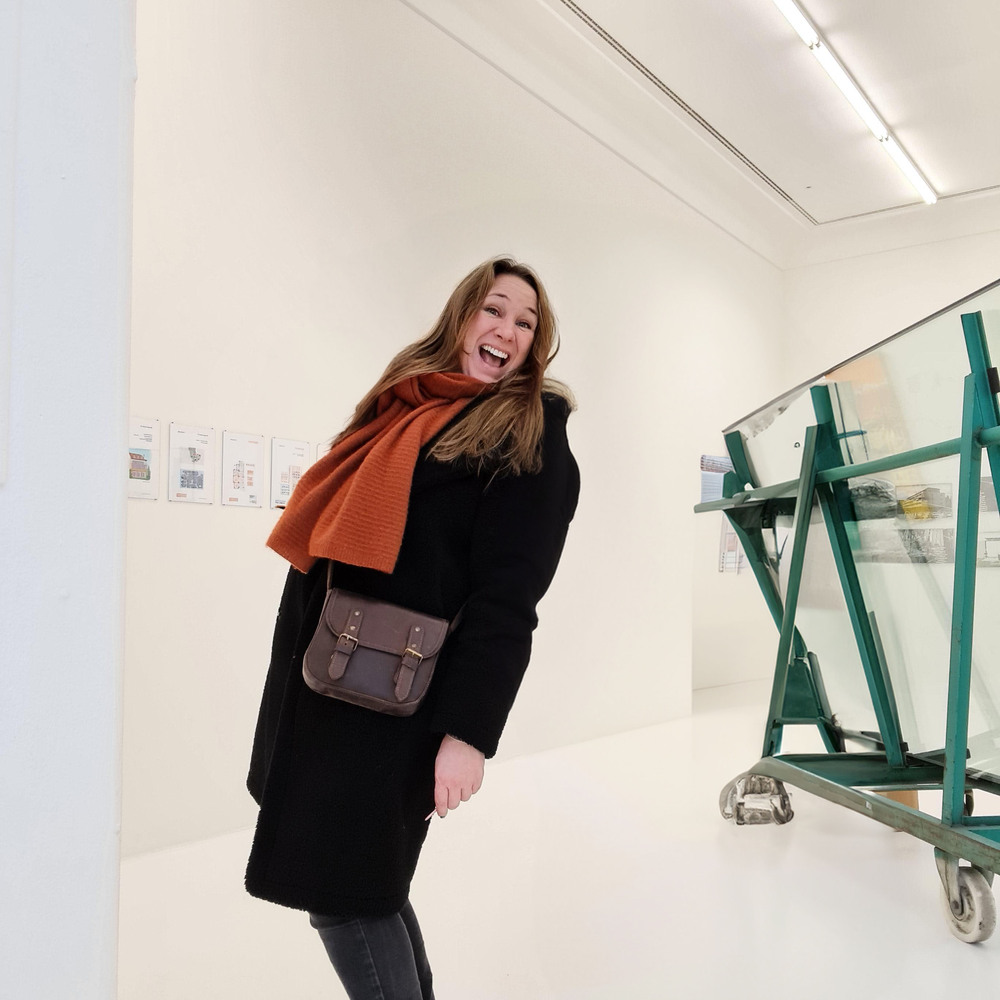
meet the director
Sonja is the Consulting Director of Tamarack Institutes’s Community Innovation Area. She is a dynamic educator, social scientist, and innovator with over 16 years of experience in the sector. Having lived, worked, and played in over 90 countries, she has a broad spectrum of international experience that cuts across the public, private and civil society sectors.
Sonja is a long-standing advocate for community-led innovation and development. Known for bringing larger-than-life initiatives into being, Sonja thrives on building meaningful relationships and connecting the dots in innovative ways.
.png?width=960&height=540&name=Approved%20Stock%20Photos%20by%20Theme%20(1).png)
Current Themes Being Explored:
- Community-based Social Innovation Labs
- Exploring Inclusive Co-design - How might we develop new and equitable ways of engaging and co-designing with people with lived experience?
- How can community innovation contribute to building belonging?
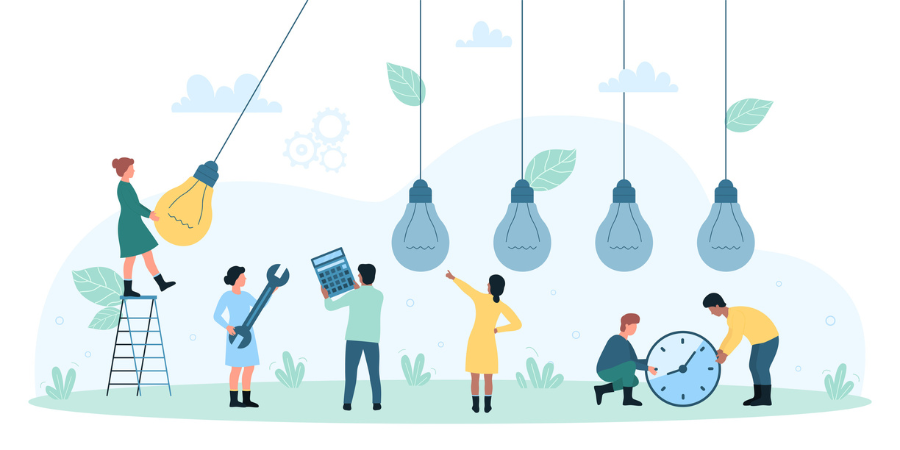
Community Innovation

Community Innovation
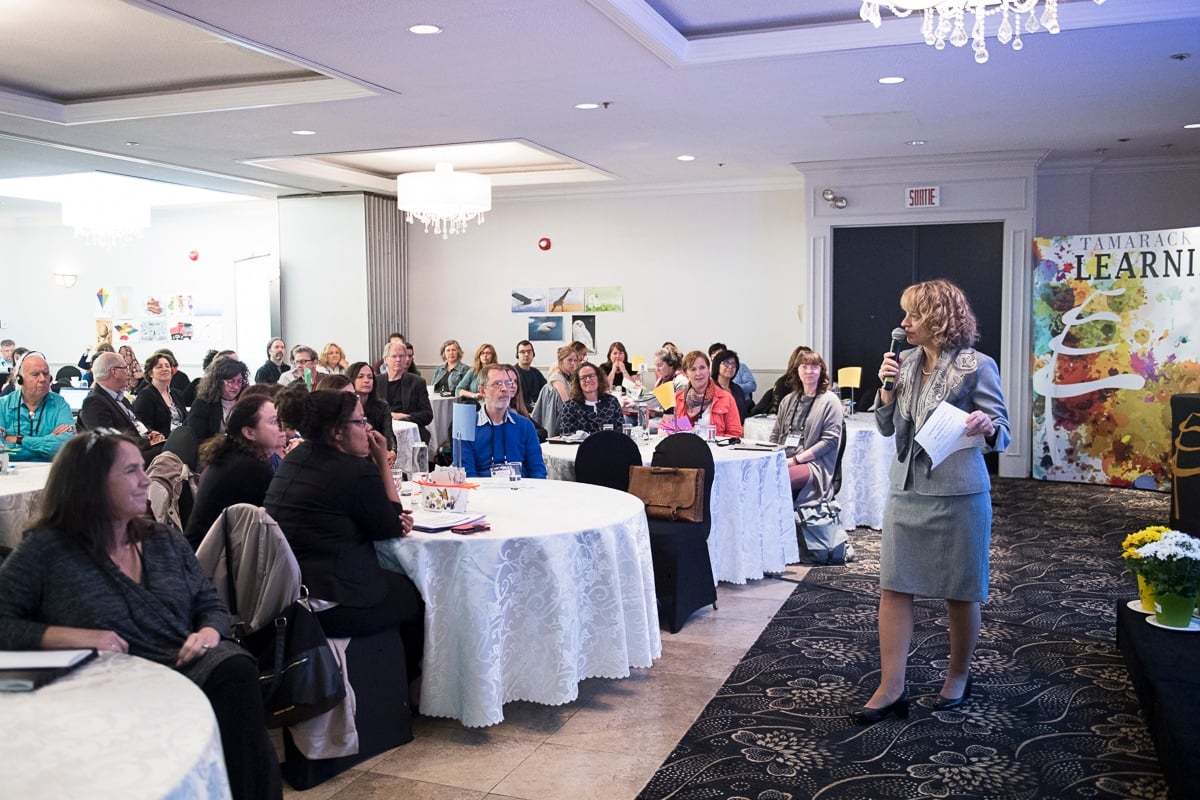
Community Engagement

Community Innovation
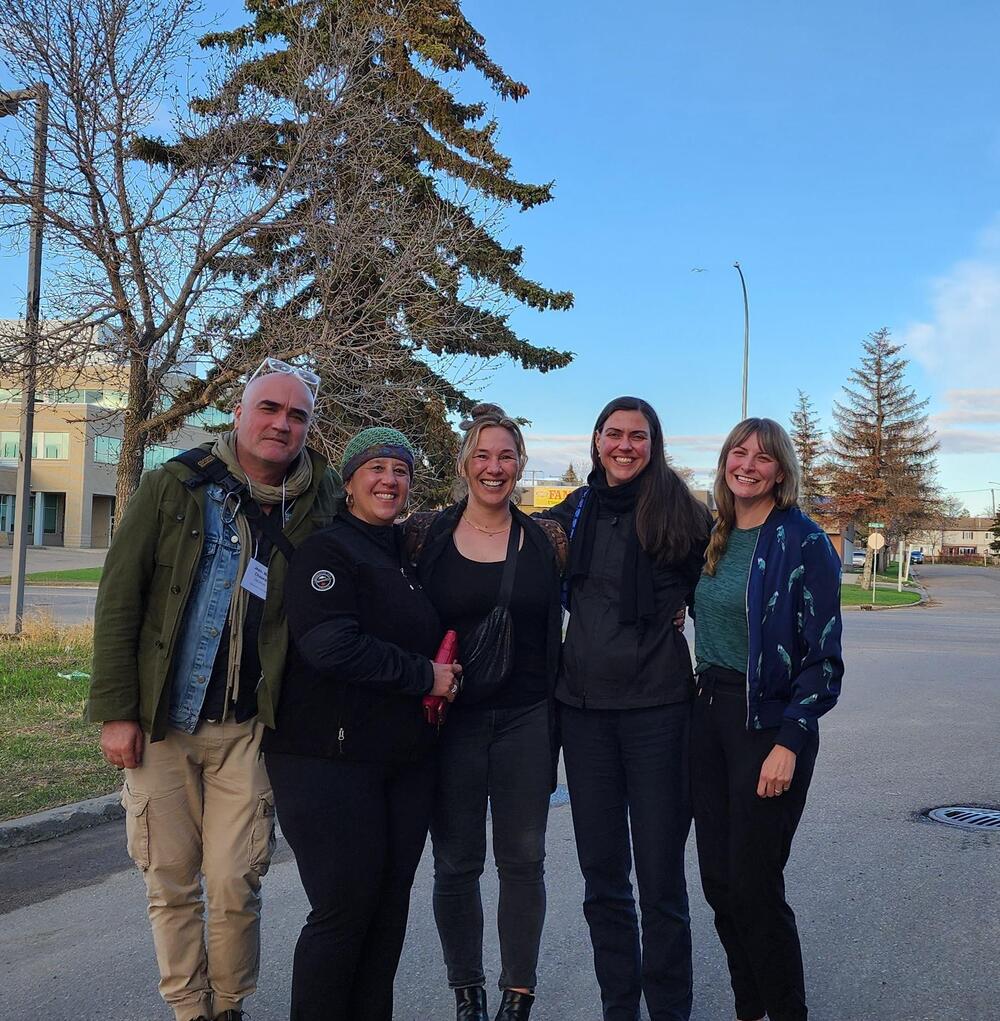
Generating the results that communities urgently need to tackle today’s social challenges will require more than simply making incremental changes to our current approaches. As dynamic ‘living labs’, communities offer the perfect container for innovation.
Our experience with community change has taught us to appreciate that to be effective, Community Innovation requires an appreciation of both the issue one is hoping to address, as well as a deep understanding of the unique characteristics of the community – the place and the people within it – where the innovation will be implemented. Successful Community Innovation is context-specific. Solutions that have been proven effective in one community can, at best, serve as a source of inspiration for another community.
upcoming events
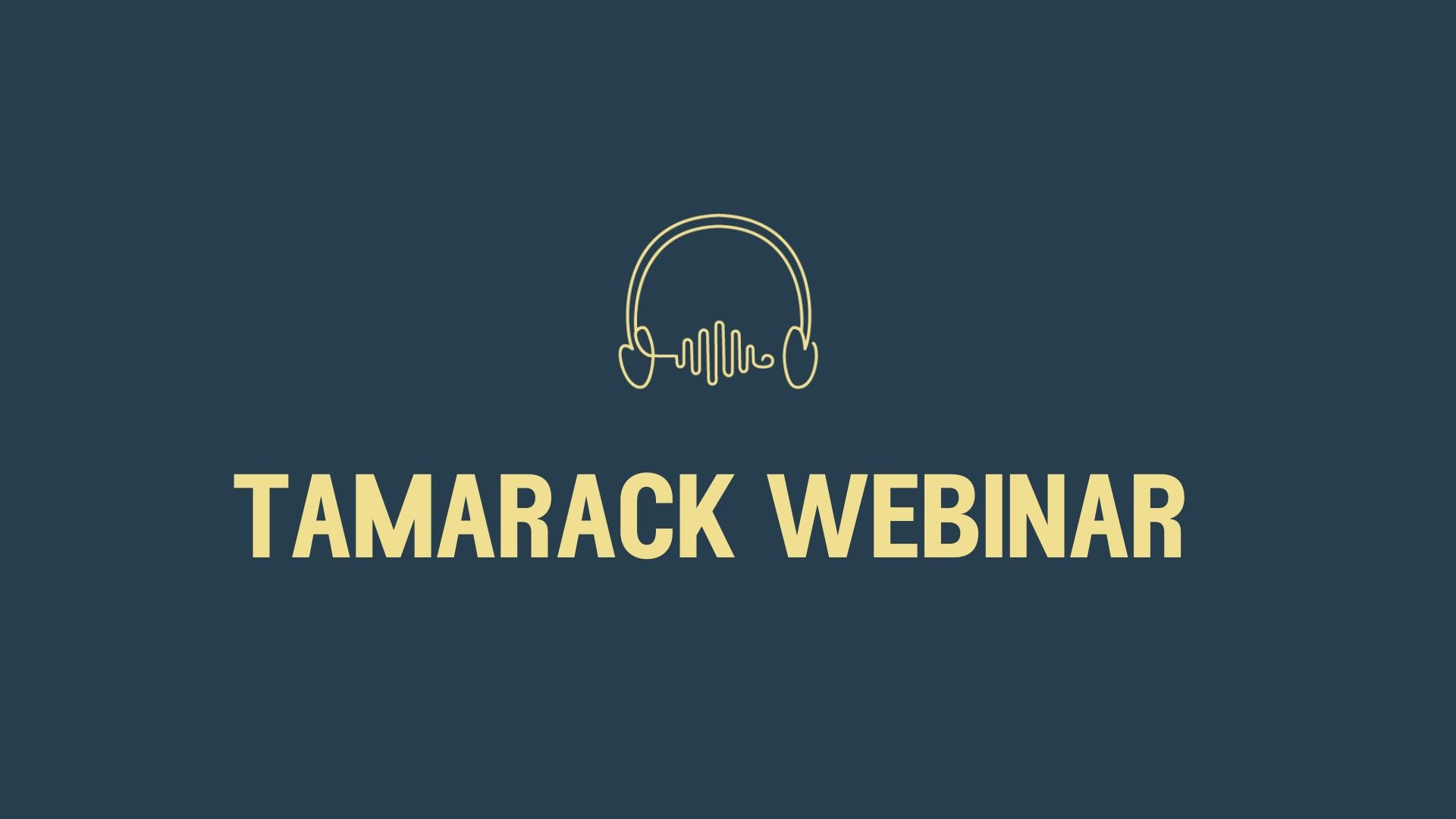
1/21/26 1:00 PM EST @ 1:00 PM ET
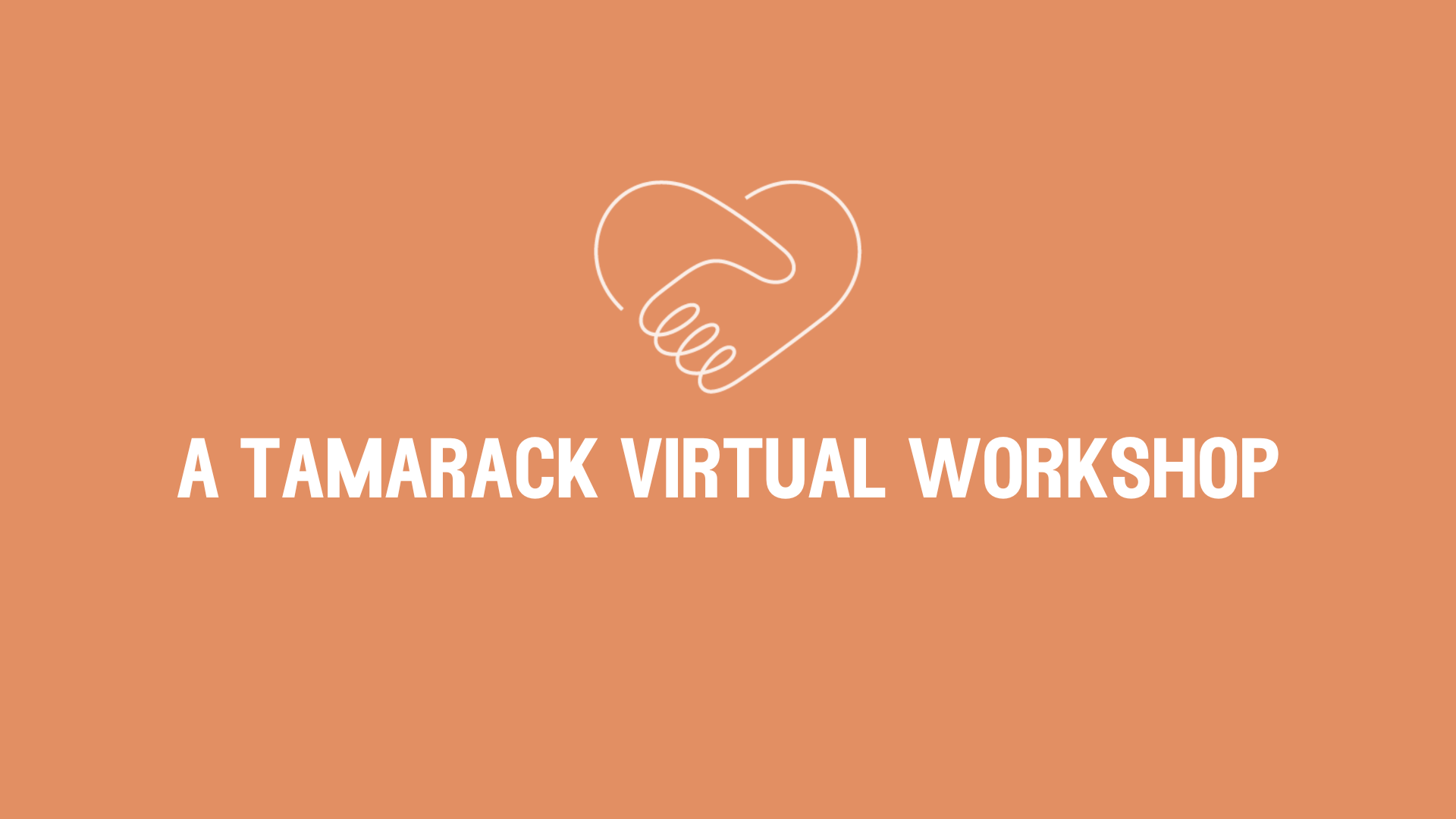
1/22/26 1:00 PM EST @ 1:00 PM ET
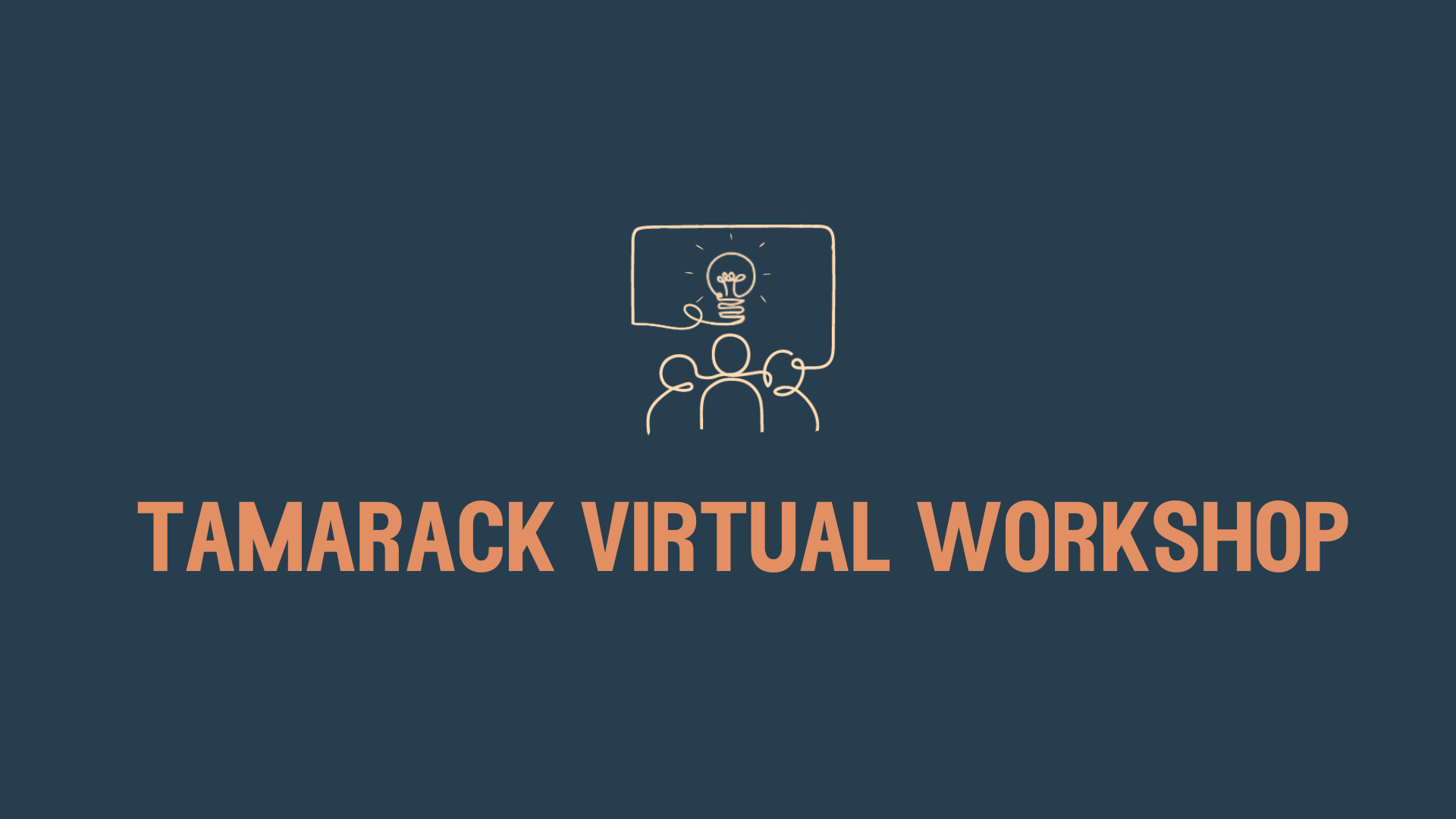
3/5/26 1:00 PM EST @ 1:00 PM ET

3/26/26 1:00 PM EDT @ 1:00 PM ET
get in touch
We’re happy to answer questions, discuss community issues and direct you to trusted resources. Get in touch with a specific team member or submit a general inquiry.
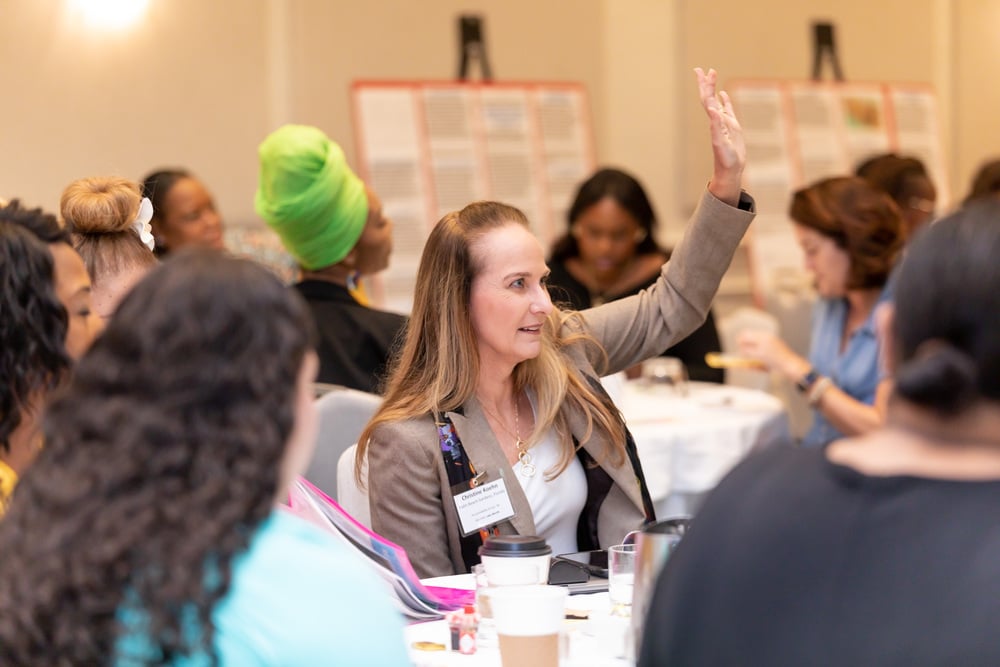
stay up to date
Enter your email and choose your subscriptions.

